In recent years, there's been a lot more attention paid to African-American history in the U.S., a long-overdue development. And it has spurred not only a huge national museum at the Smithsonian, but numbers of smaller museums around the country, some with more support and resources than others.
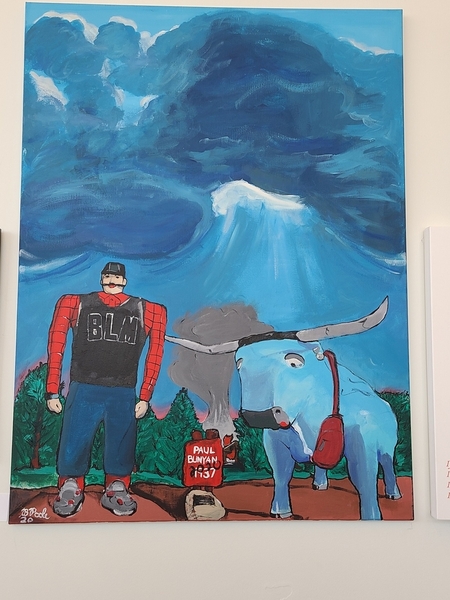 2020 Aftermath, by Broderick Poole
2020 Aftermath, by Broderick Poole
Minneapolis, a city with a long African-American history, and a past two years in which it has been the focus of anti-racism struggle following the murder of George Floyd, has one, too. Its small size and its important focus on community rather than outsize personality make it only a down payment on the space and resources it deserves.
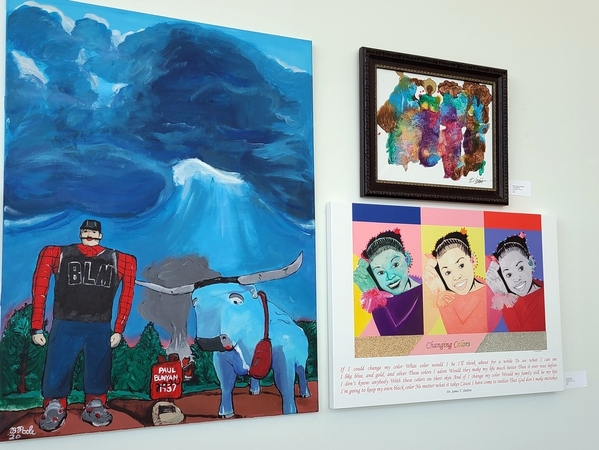
Housed in an airy space in North Minneapolis, the size of a small apartment, the Minneapolis African-American Heritage Museum and Gallery opened just three years ago, its founding largely the work of two women, Tina Burnside, a civil rights lawyer and Coventry Cowens, a writer and education administrator.
During my visit last summer the museum featured photographs and a video documenting the movement that followed the Floyd murder, and its themes were also reflected in a series of artworks by local artists.
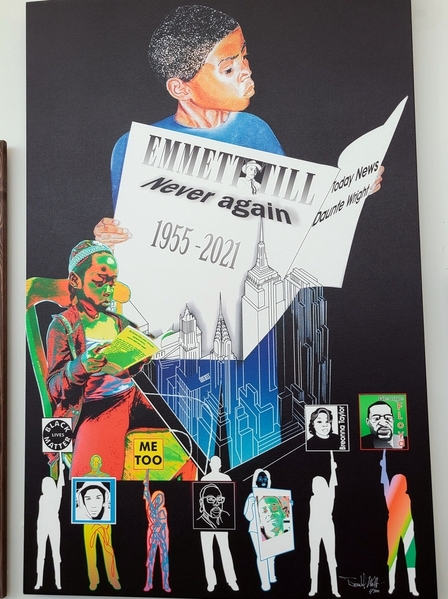 Say Their Names, by Donald Walker
Say Their Names, by Donald Walker
But the key theme is not a focus on big names, or on famous people who came to or came from Minneapolis. Rather, it was on the long history, going back to the state's earliest days, of African Americans in Minnesota and the communities they built and the roles they played in Minnesota history. That's an important point, considering how readily many people accept the idea that Black people were late-comers to a white society.
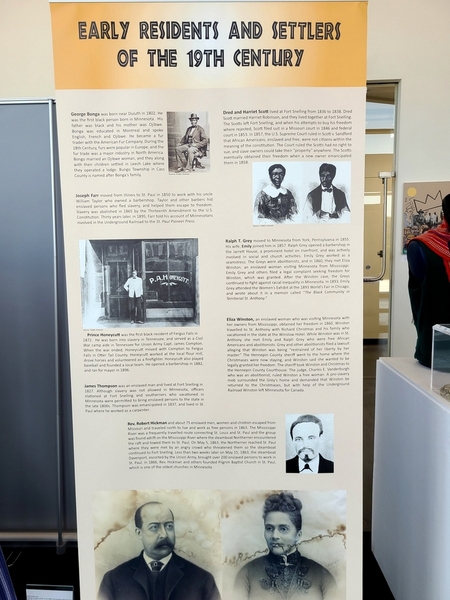
As a small museum, space has to be conserved; good use is made of vinyl stands like this one, set between physical exhibits. Here, I learned the story of Ralph and Emily Grey, who came from Pennsylvania. He was a barber and she was a seamstress; both were active Abolitionists. Together, they helped Eliza Winston, an enslaved woman brought to Minnesota, win a court fight for her freedom in1860.
Another tells the story of George Bonga, born in 1802 near Duluth, the first Black person born in Minnesota. He was a fur trader who worked in the state and Canada and among Ojibwe tribal people. This elegant dress was typical for middle-class women, Black or white, in the Victorian era.
Another stand recognizes the role of pioneering women in public life, many of them coming forward when it was not expected of women, even white women. Here is the story of the woman who wrote Minnesota's anti-lynching bill, another who became the first African-American reporter at a white newspaper and a Black farmer's daughter who became a founder of the Democratic-Farmer-Labor Party.
Black soldiers from Minneapolis fought in both world wars, almost all in segregated units, and often denied recognition for the extent of their service. In particular, few received the GI Bill benefits to which they should have been entitled. Returning home, they worked in many fields, and many were active in a range of community organizations helping build a web of community ties.
The women, too, took an active part in World War II; Dorothy Himes, shown below graduated from high school in 1941 and went into war production first in a sewing factory, at a military hospital and then, when industrial jobs were opened to women so men could be drafted, she became a skilled mechanic at an aircraft plant. When the war ended, most of the women were sent home and the remaining jobs went to men.
Even with the long history of African-Americans in Minnesota, the numbers were not nearly as large until the 'Great Migration' of the 1920s and 1930s, when hundreds of thousands of people migrated north in hopes of better jobs and perhaps less-constricted social opportunities. Their struggles and their role are documented at the museum as well.
The posters are full of interesting people, some with interesting jobs, others with ordinary ones, but all of them engaged with others and often with the clubs and campaigns and churches and movements to go to make up a community.
A few more of the artworks on display: This is the Day, and Strange Fruit, both by A. Drew Hammond
There is more to see, including updates, virtual exhibits and more at the Museum's website. And, while I normally don't do fundraising in this space, there's a Donate button there if you share my belief this 'down payment' deserves to move on up!


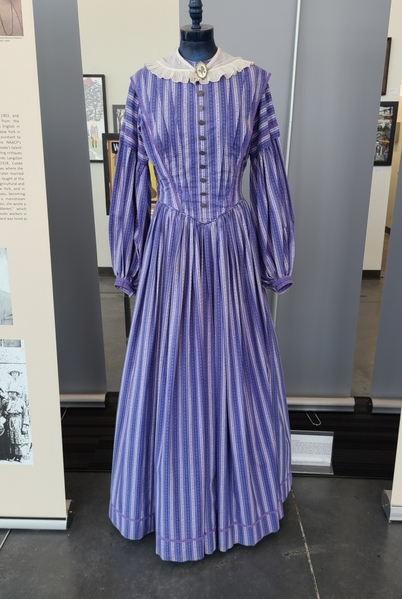
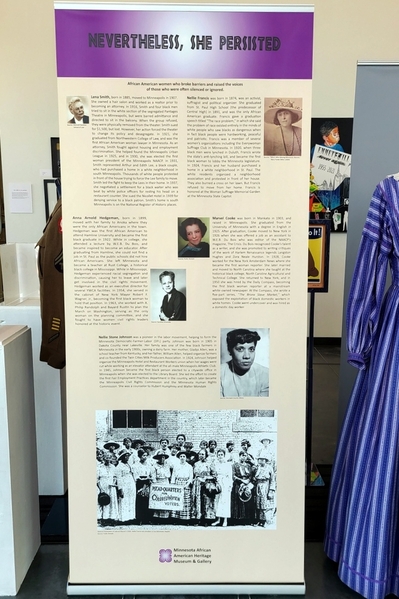
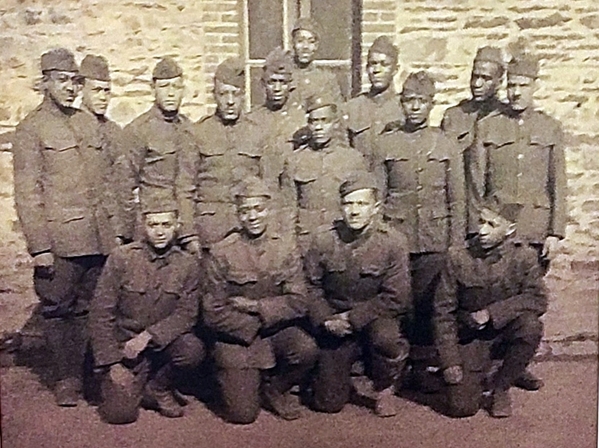


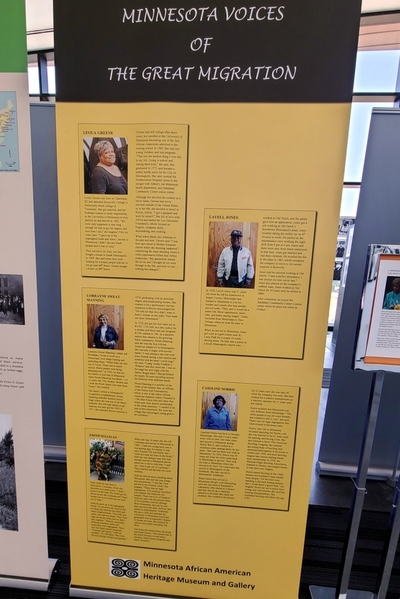
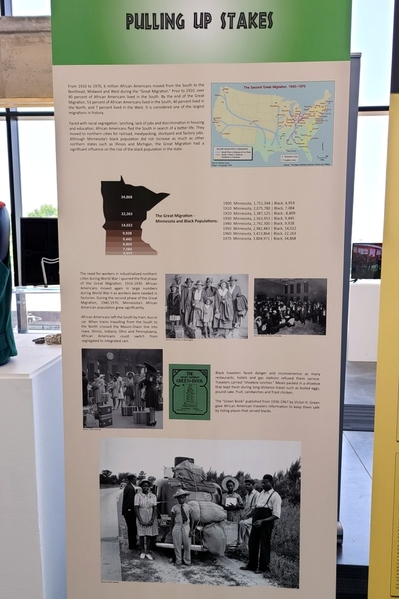
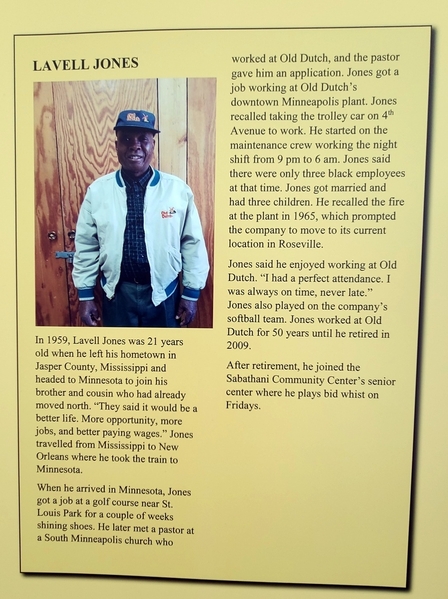
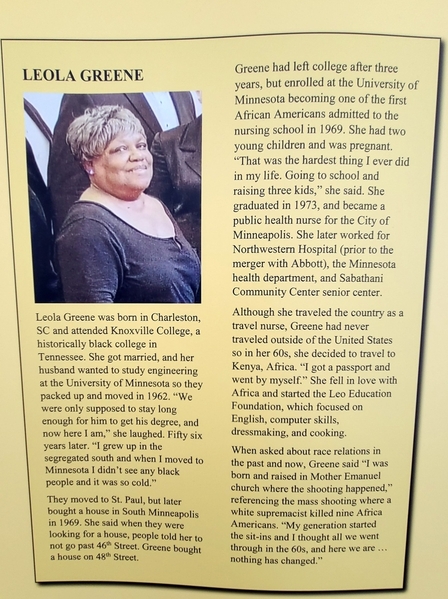
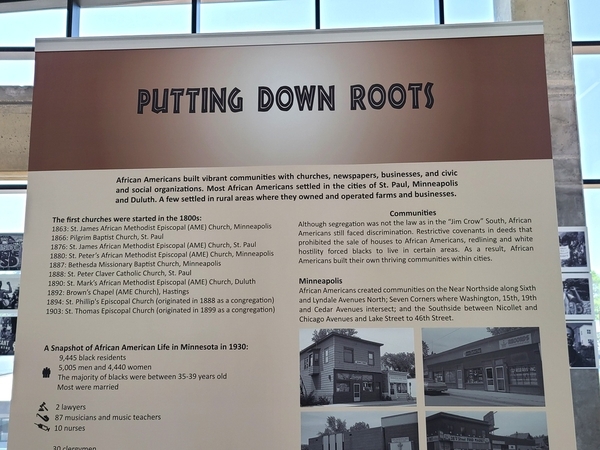
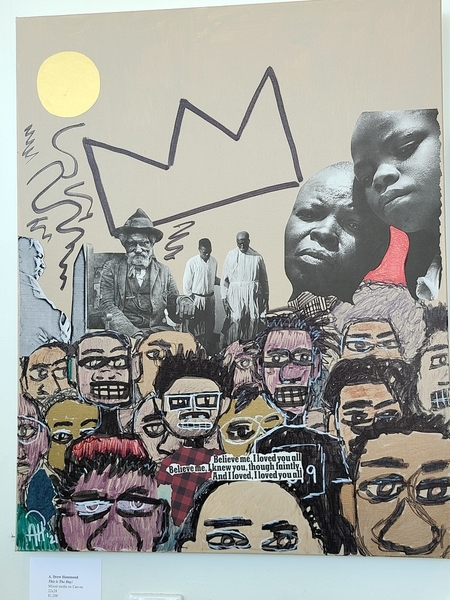
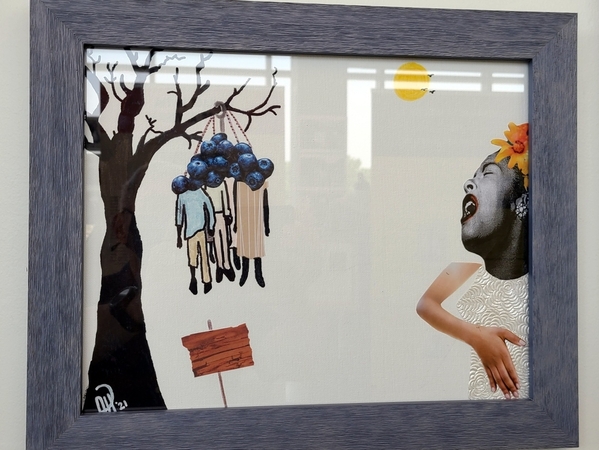
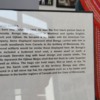



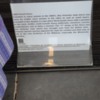

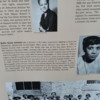
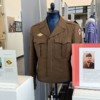
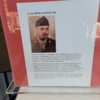
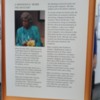

















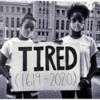

Comments (0)